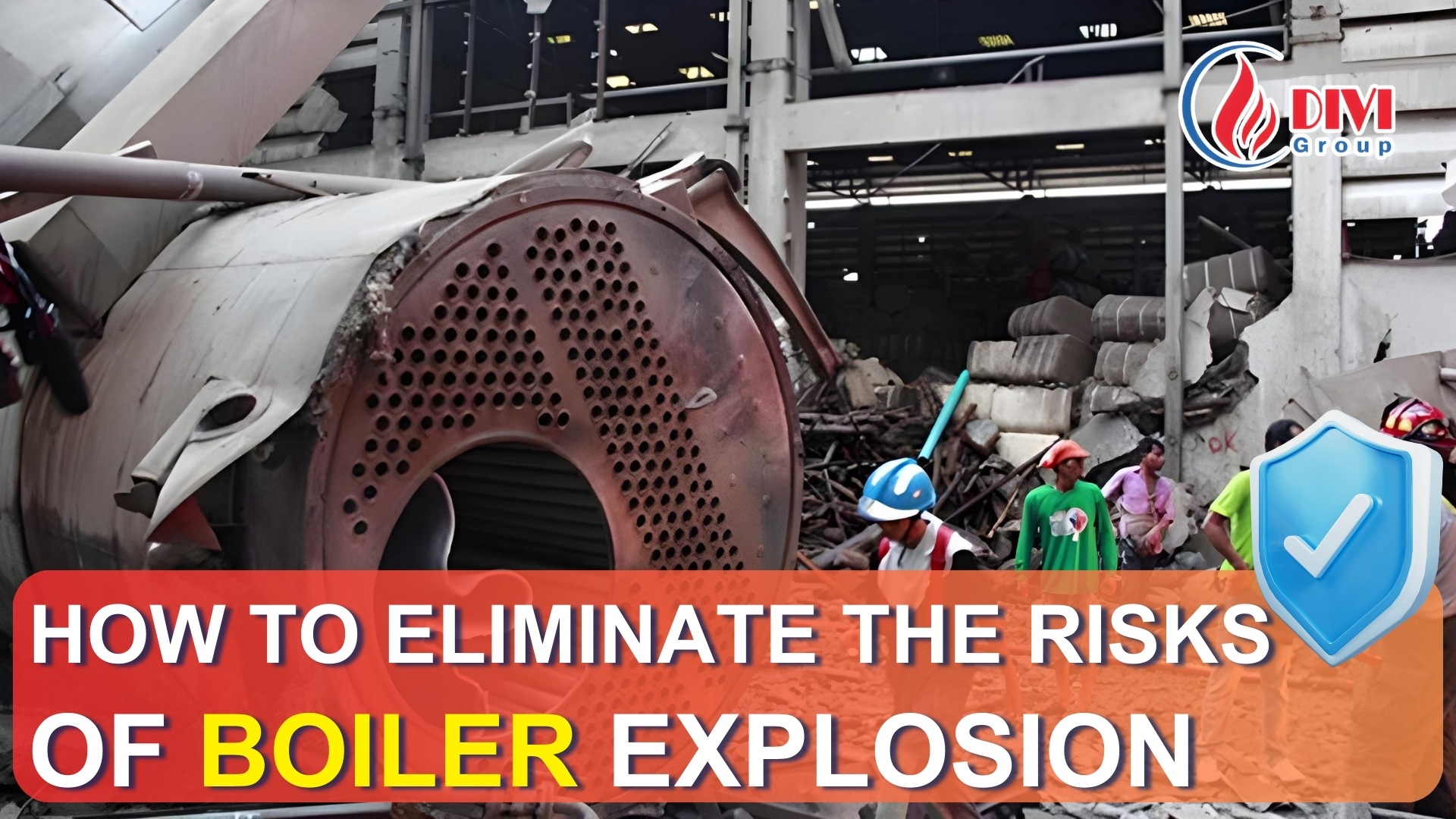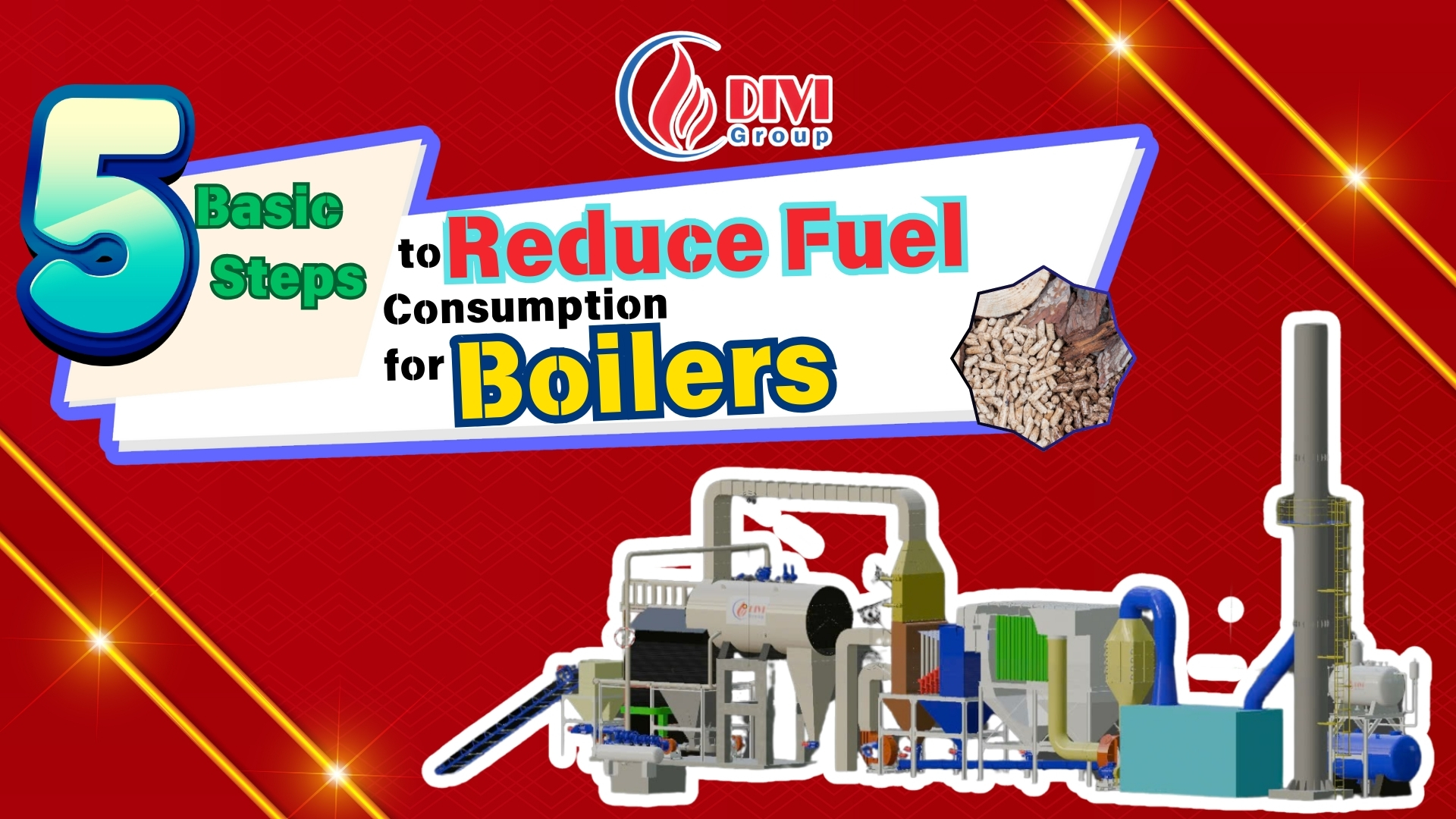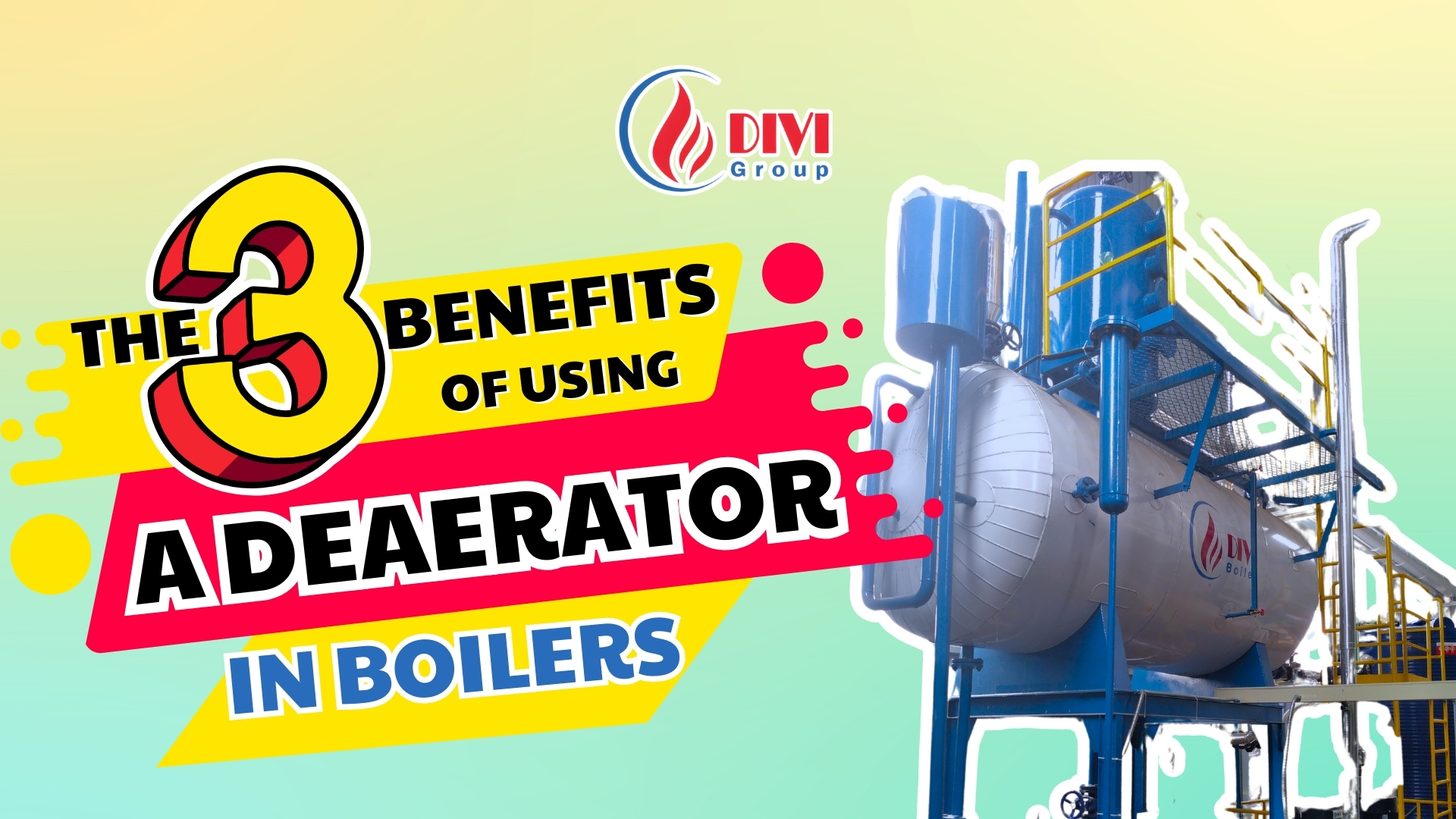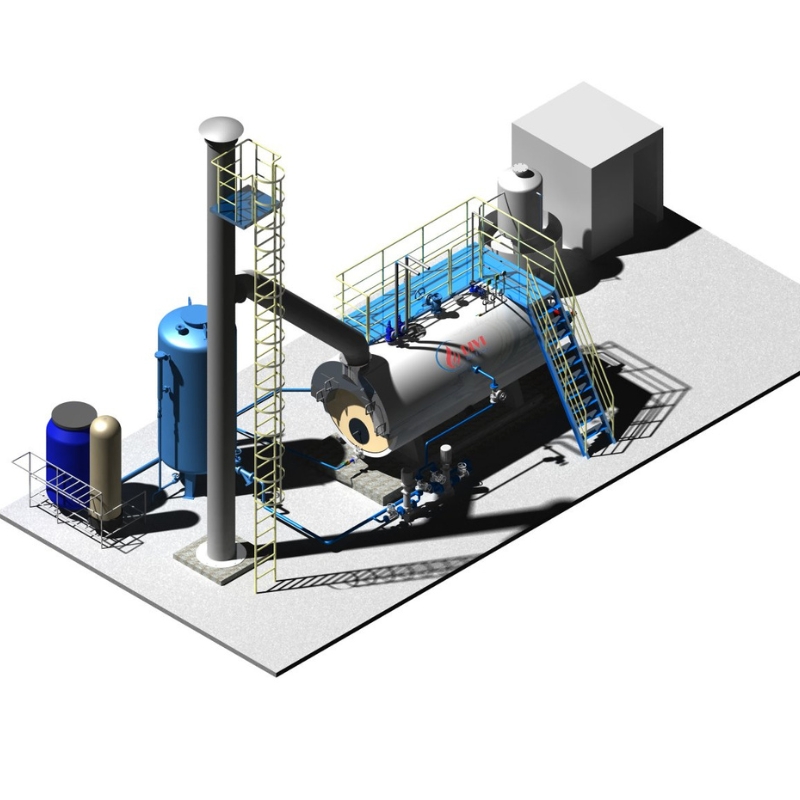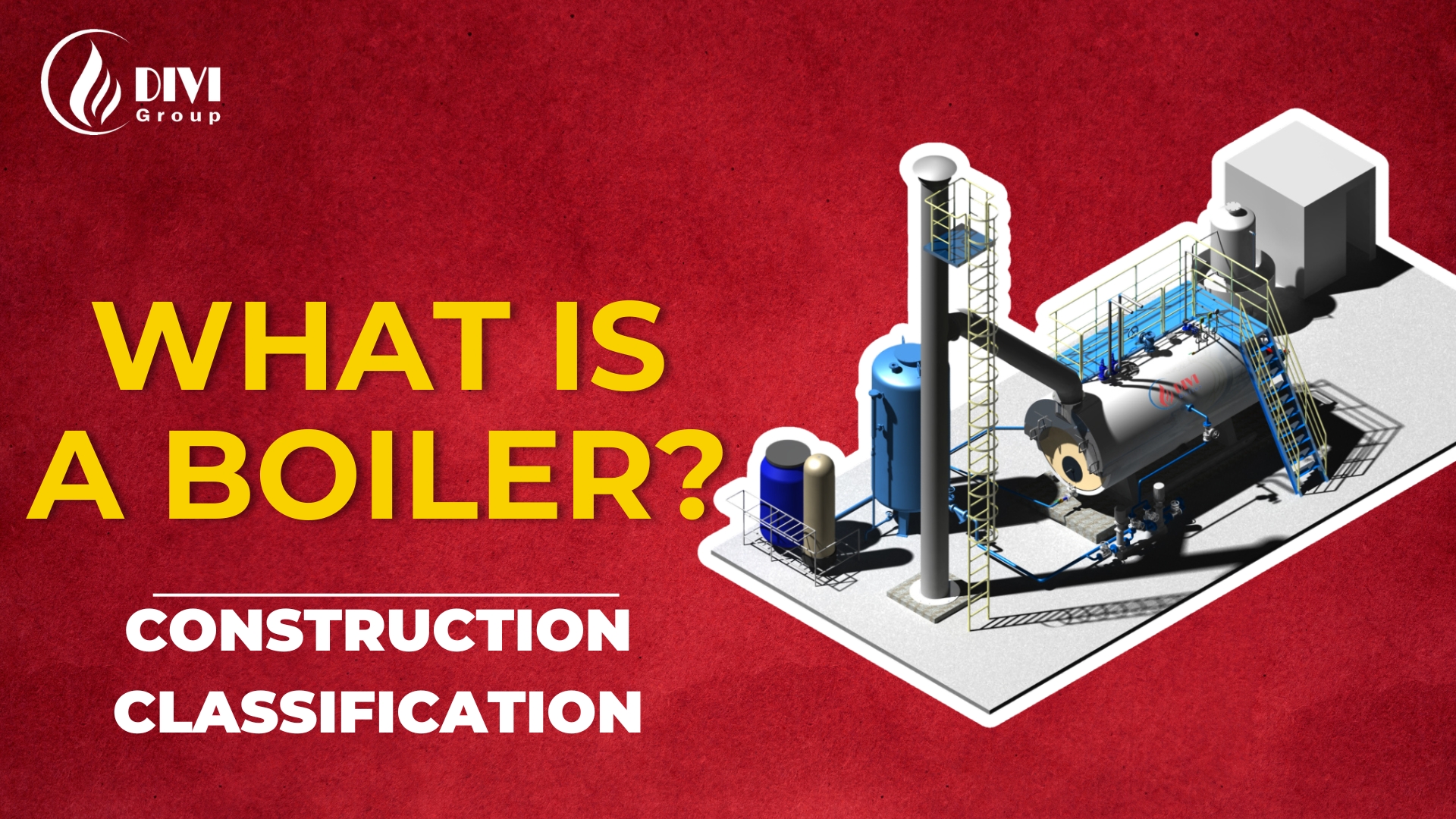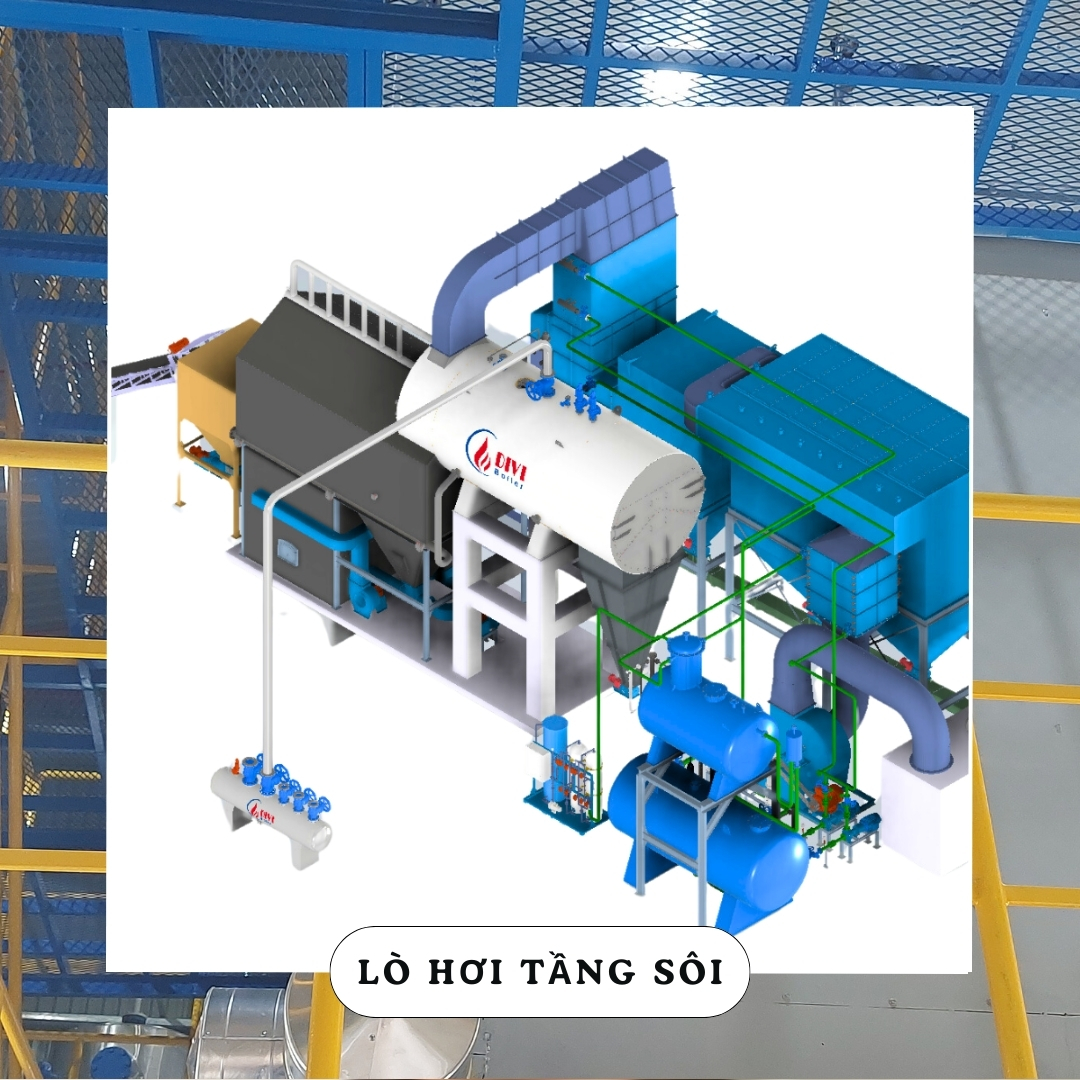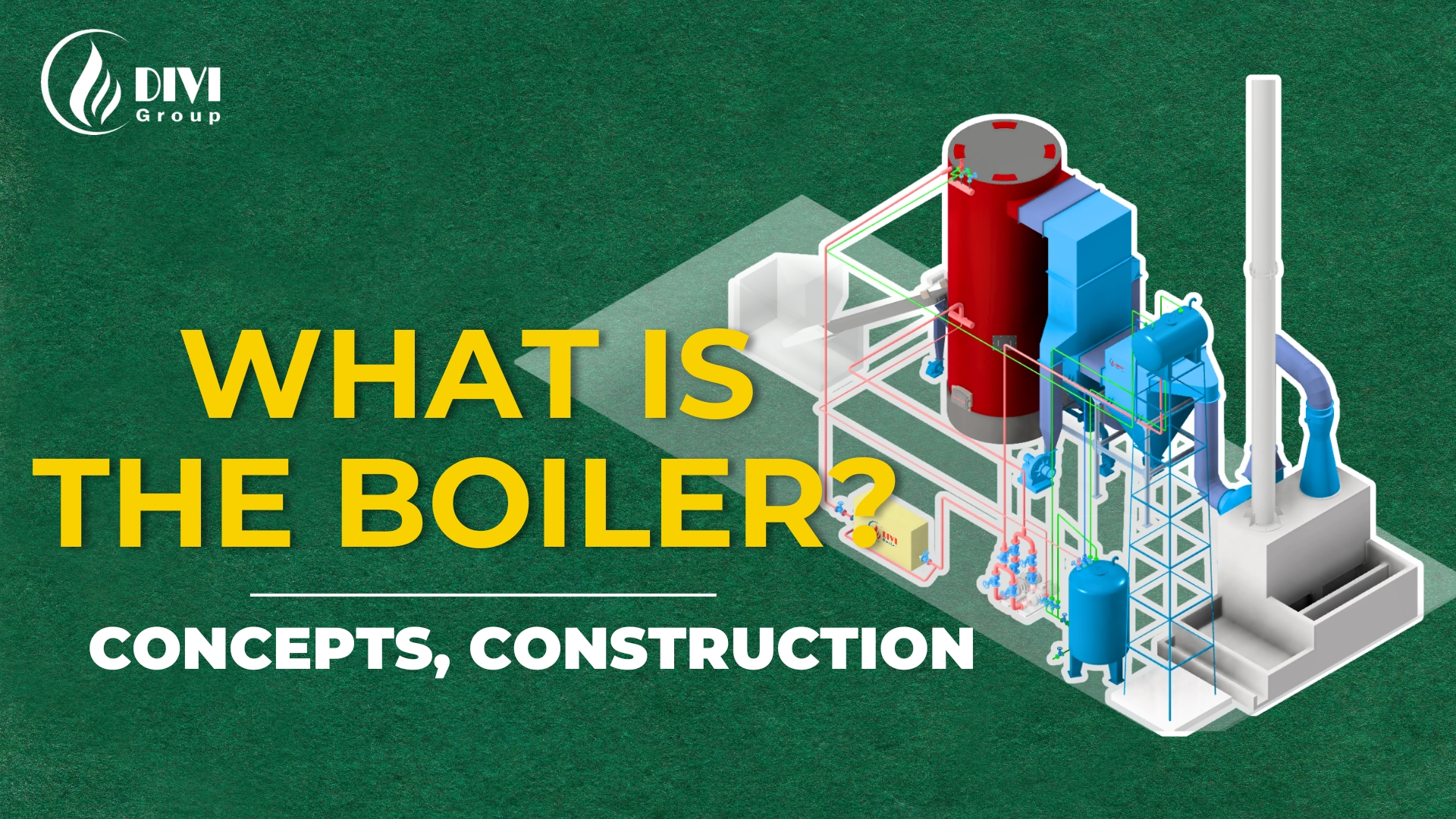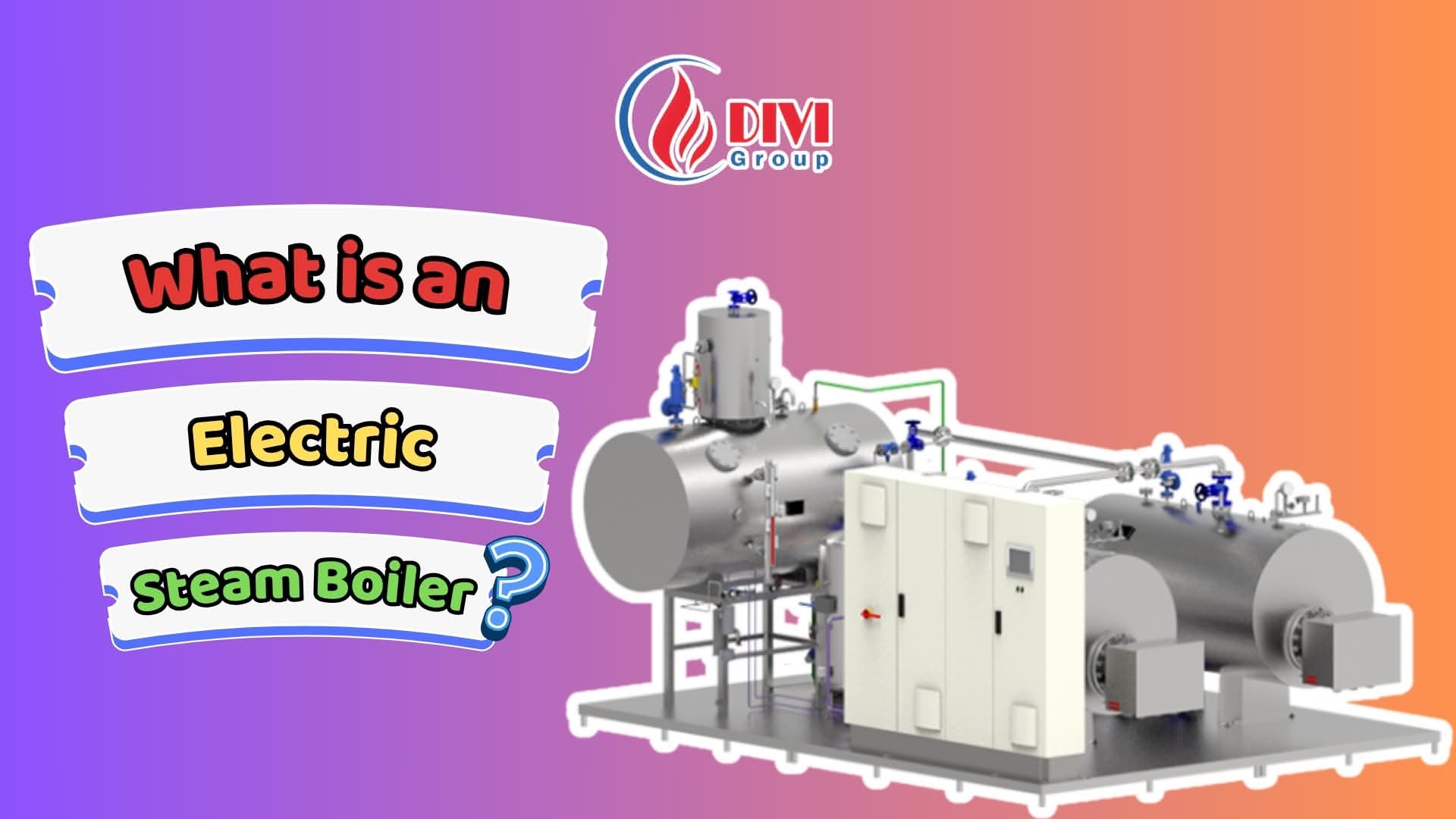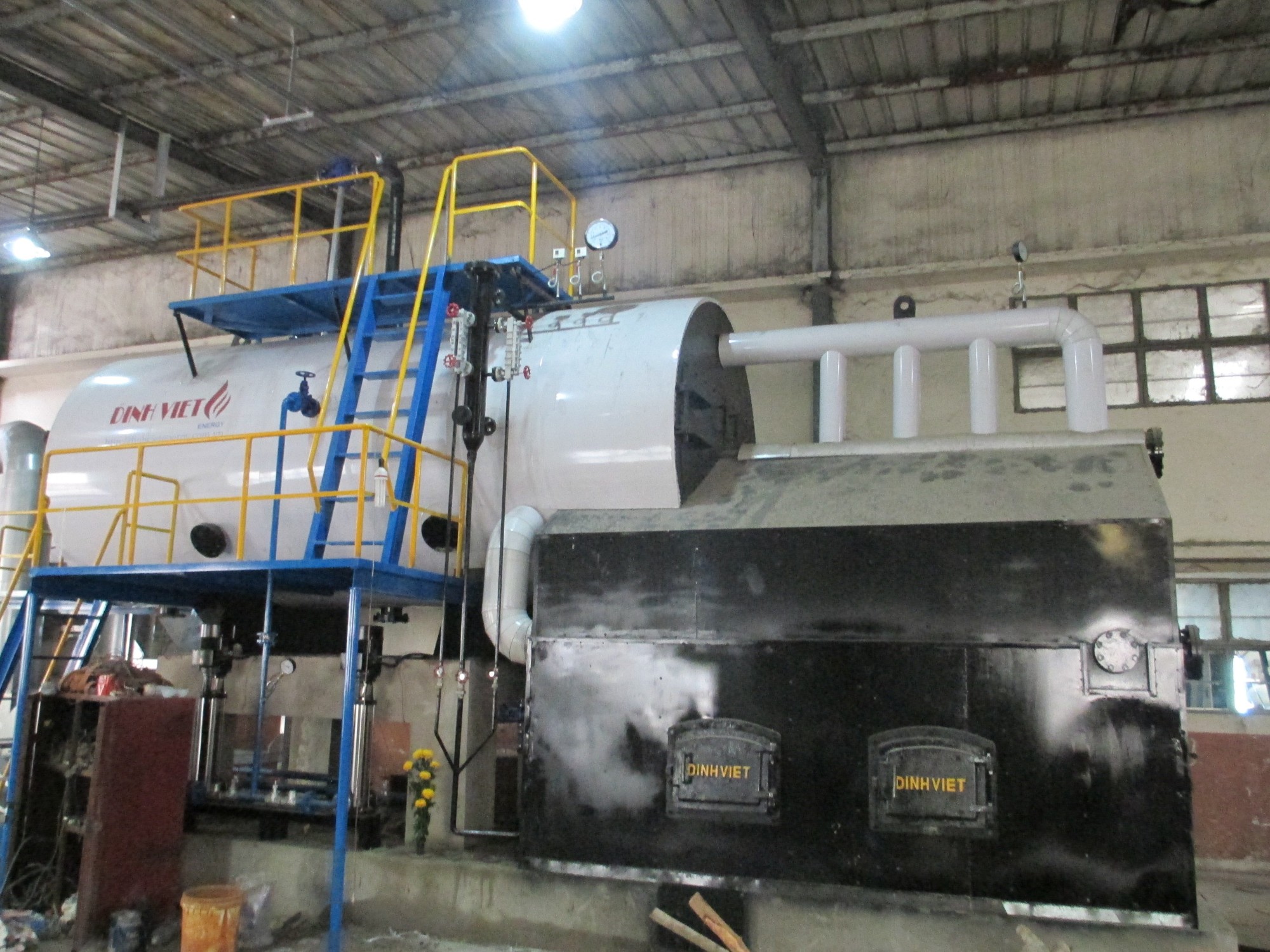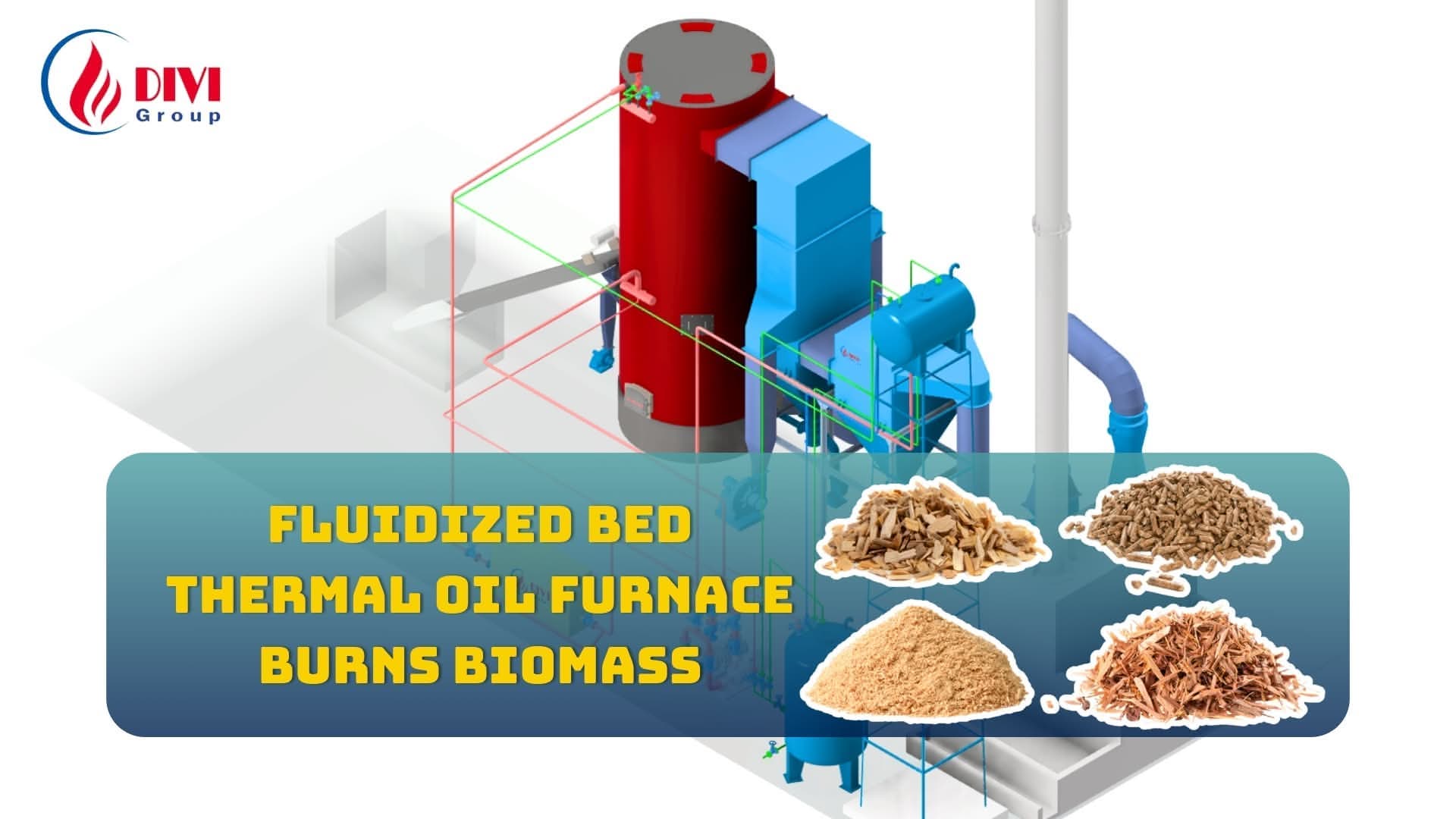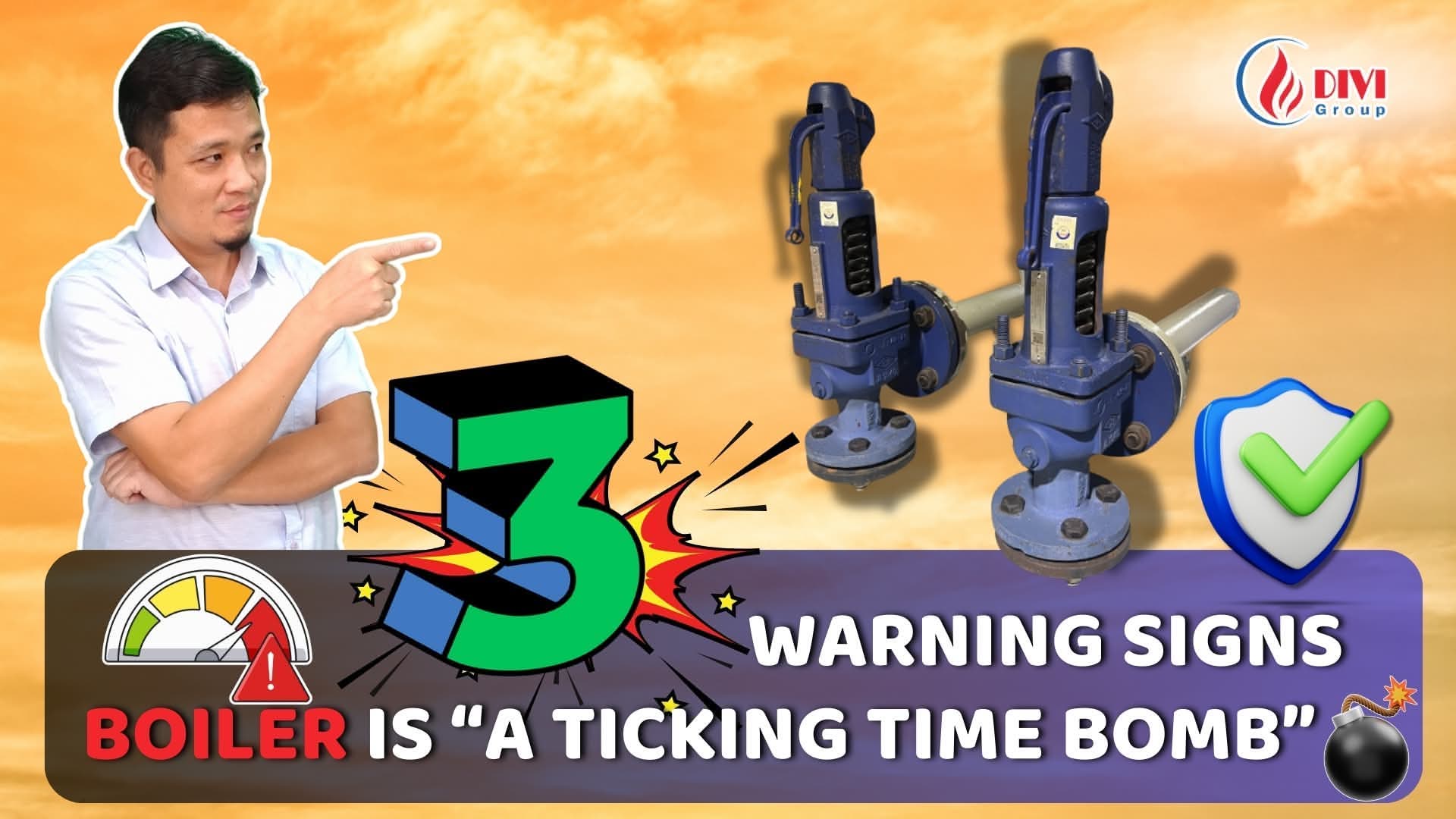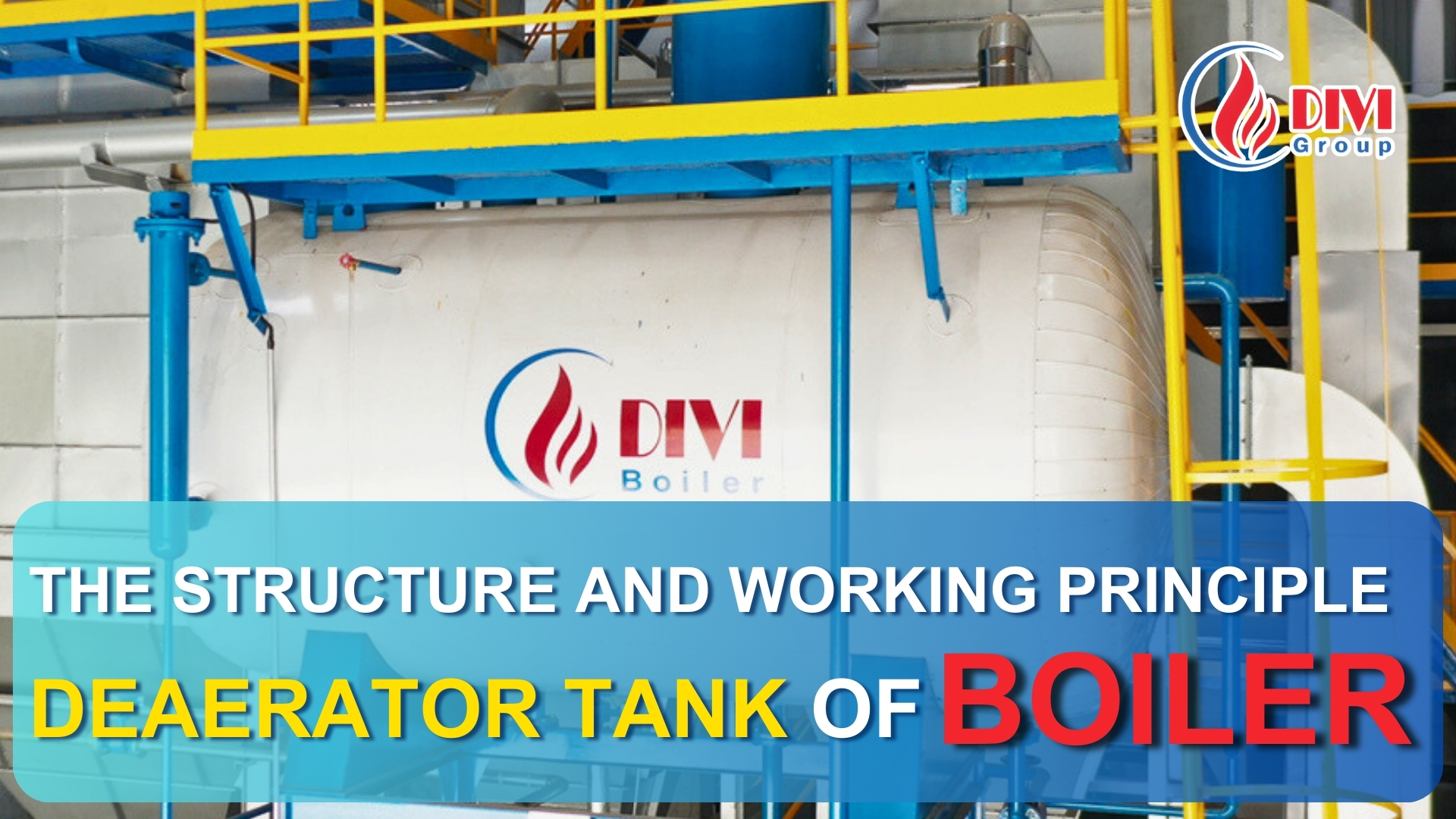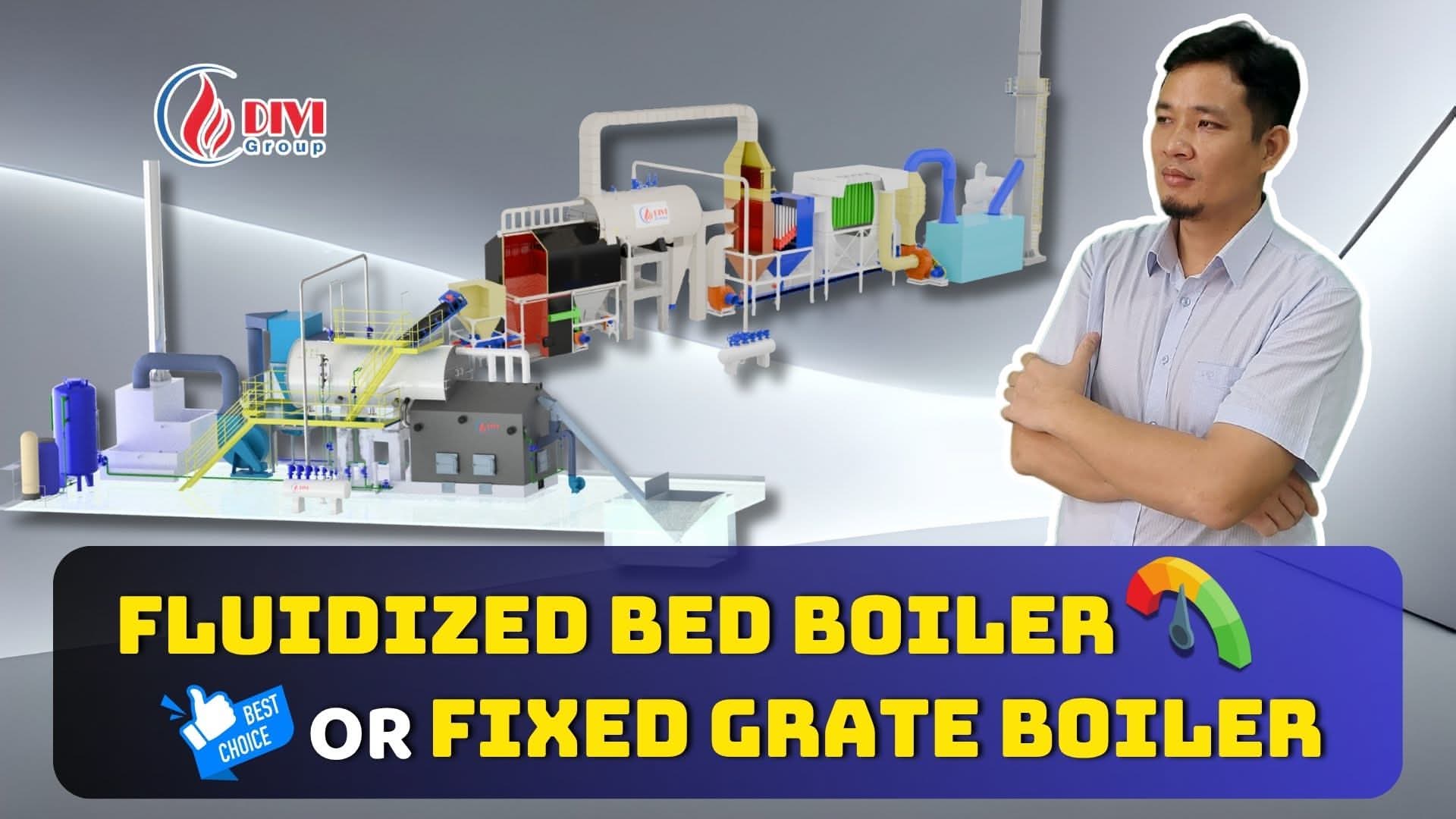7 Common Causes of Boiler Flue Gas Issues – Effective Treatment Solutions
Is your boiler flue suddenly emitting more fine dust than usual, even though the visible smoke seems unchanged? This is a warning sign that your boiler flue gas treatment system might be malfunctioning. In this article, DIVI breaks down the 7 most common causes and offers effective solutions. In this article, DIVI breaks down the 7 most common causes and offers effective solutions. See the full guide here: Boiler Flue Gas Treatment – Complete Solutions.
1. Dust Suppression Pump Failure – A Leading Cause of Boiler Malfunction
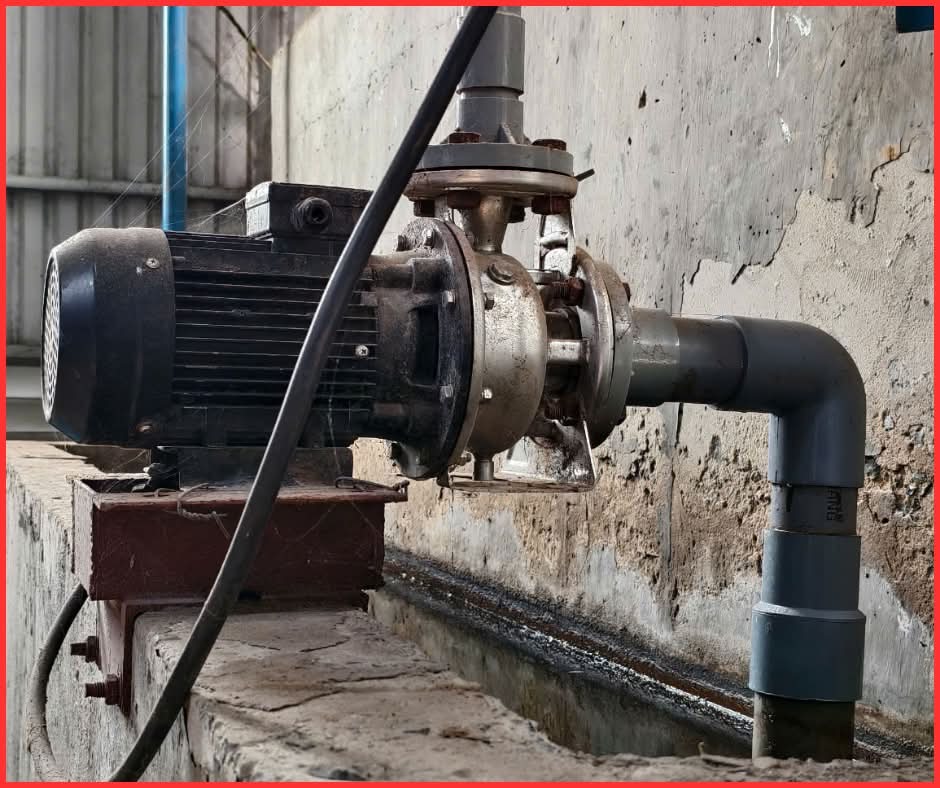 Dust Suppression Pump Failure
Dust Suppression Pump FailureIn any boiler flue gas treatment system, the dust suppression pump is critical for capturing fine particles in the flue gas. When the pump malfunctions, has a seal leak, or the nozzles are clogged, it reduces pressure and efficiency. This can trigger boiler operational issues and, in severe cases, lead to pressure buildup causing dangerous situations like boiler drum bulging.
Regularly inspect the pump, replace seals, and clean the nozzles. It's essential to implement a strict maintenance schedule to ensure stable operation and keep boiler flue gas emissions within safe limits.
2. Torn Fabric Filter Bags – A Hidden Risk in Boiler Operation
In a boiler flue gas treatment system, fabric filter bags trap fine dust. Over time, these bags may tear or puncture due to heat and pressure fluctuations, allowing dust to escape and raising the risk of boiler operational failures, including dangerous pressure build-up known as boiler drum bulging.
Regular inspection and timely replacement of filter bags are crucial to maintain effective boiler flue gas treatment. Investing in high-quality, heat-resistant bags helps prevent operational hazards.
 Routine Inspection of Bag Filter System
Routine Inspection of Bag Filter System3. Cyclone Wear and Tear – Reduced Flue Gas Treatment Efficiency
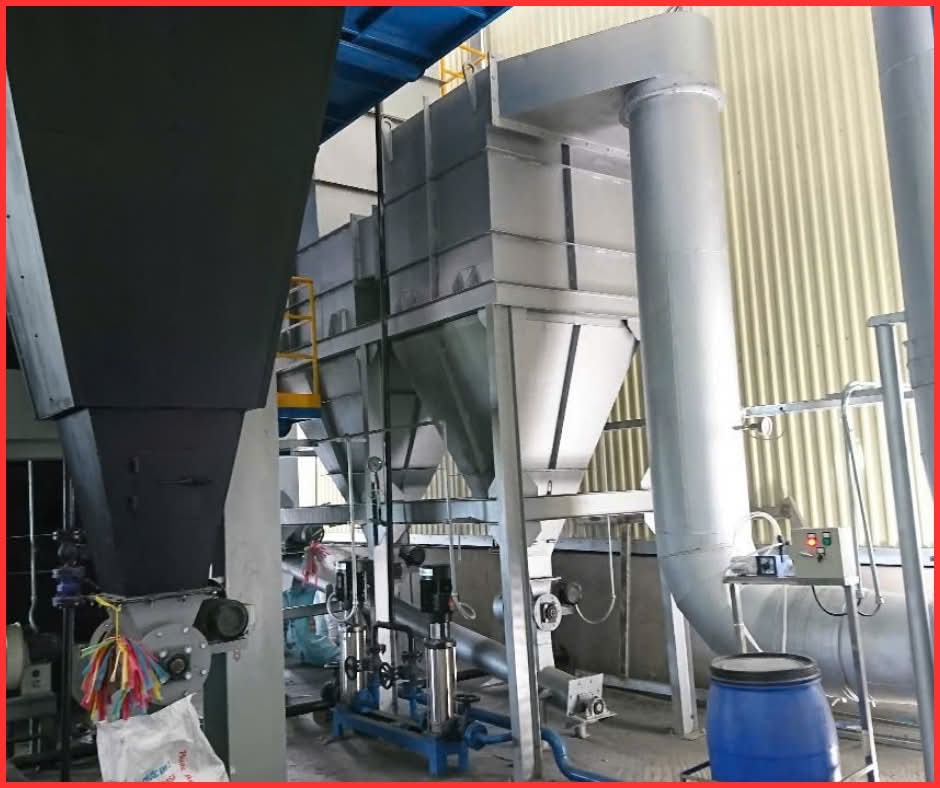 Routine Check of Dust Cyclone Separator
Routine Check of Dust Cyclone SeparatorCyclones use centrifugal force to separate fine particles from flue gas. Prolonged use causes dust abrasion on the inner cyclone walls, leading to wear and potential perforation. This reduces dust capture efficiency and raises the likelihood of boiler operational issues and boiler drum deformation due to pressure imbalance.
Regularly monitor cyclone integrity and replace worn components promptly. Consider using abrasion-resistant materials like ceramics or high-grade cast iron to enhance boiler flue gas treatment durability.
4. Neglecting Wet Scrubber Water Replacement – A Common Mistake
The wet scrubber absorbs fine dust in the boiler flue gas treatment process. If the water becomes saturated and isn't replaced regularly, its absorption capacity drops, causing dust re-entrainment into the flue gas. This can breach emission standards and trigger boiler operational hazards.
Drain dirty water and refill with clean water frequently (every 1–2 days for high-capacity systems) to maintain optimal boiler flue gas treatment performance.
5. Dust Shedding from Chimney Walls – An Overlooked Risk
Over time, wet dust can accumulate on chimney walls in a boiler flue gas treatment system. Vibrations or sudden temperature shifts can dislodge this dust, leading to environmental breaches and potential boiler safety incidents.
Maintain a routine of regular water changes and use a rubber mallet to clean chimney walls during shutdowns. Installing an automatic chimney washing system ensures consistent cleanliness and emission control.
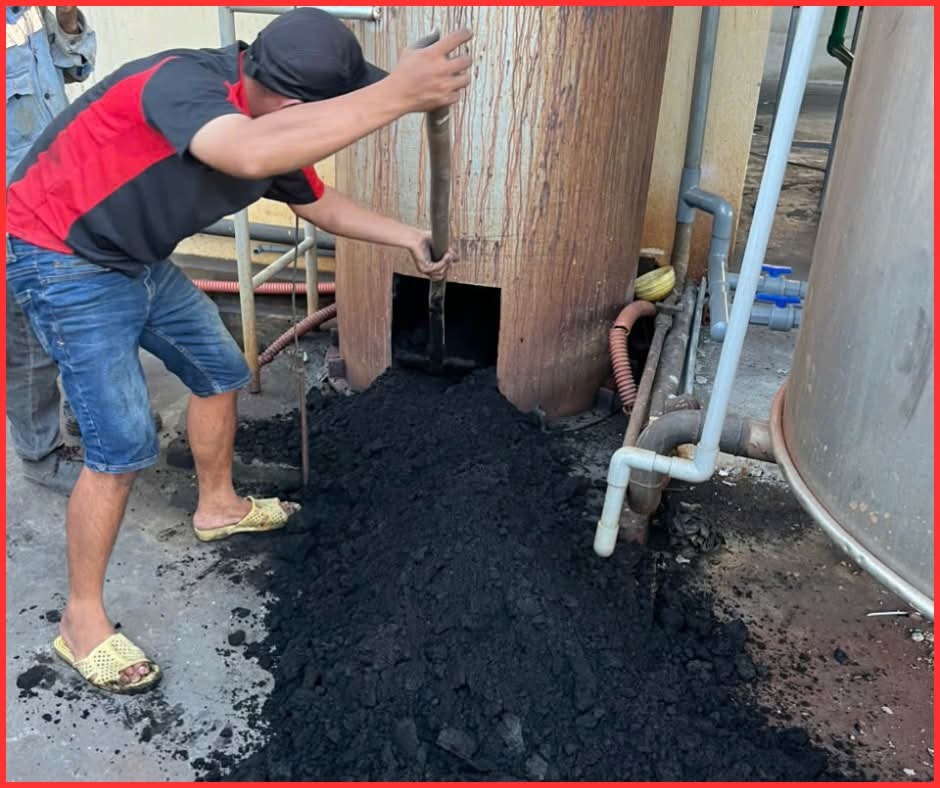 Dust Build-up in Scrubber Tank Water
Dust Build-up in Scrubber Tank Water6. Fuel Switching – A Risk Factor in Boiler Emissions
 Dust Emissions from Chimney
Dust Emissions from ChimneyChanging fuel types without thorough analysis can result in incomplete combustion, increasing dust emissions and compromising the boiler flue gas treatment system. This raises safety concerns and may trigger boiler pressure issues.
Consult technical experts before any fuel change to ensure the combustion system and boiler flue gas treatment remain compatible and effective.
7. Rotary Valve Leakage – A Common but Critical Flaw
The rotary valve beneath the ash hopper in a boiler flue gas treatment setup prevents air ingress during ash discharge. A leaking valve allows air to pull dust back into the flue gas, diminishing filtration performance and risking boiler operational instability.
Test the valve seal regularly by tying a bag over the outlet; if the bag is drawn inward, maintenance or replacement is needed to keep the boiler flue gas treatment system efficient.
Conclusion
To keep your boiler flue gas treatment system running safely and effectively, it's vital to recognize these 7 common causes early. Proactive maintenance and timely upgrades prevent serious boiler operational issues, including the dangerous boiler drum bulging scenario. Ensure your system complies with environmental standards by staying vigilant.
Related Articles:
Additional Reference Videos:
Why Boiler Blowdown is a Must for Safety
WARNING Don't Make This Dust Filter Cyclone Design Mistake in 2025
DIVI Group's Boiler Products:
Other news
-
Treating High CO Emissions in Fixed-Grate Boilers – Is Boiler Replacement Necessary? Practical Solutions from DIVI
18/12/2025, -
What Is a Steam Trap? Principles, Types, and How to Select the Right Steam Trap for Your Steam System
07/12/2025, -
COMPARISON OF STEAM TRAPS: PRINCIPLES – EXPERIMENTS – OPTIMAL SELECTION FOR STEAM SYSTEMS
29/11/2025, -
Compact Biomass-Fired Boiler DVG-VN – The Optimal Fossil-Fuel Replacement Solution for Factories
23/11/2025, -
Which Boiler Should You Choose: Fixed Grate or Fluidized Bed? Detailed Efficiency, Cost & Environmental Comparison
24/06/2025, -
5 Common Mistakes in Industrial Steam Distribution Systems
11/06/2025, -
Mr. Boiler Speaks: Wake-Up Call from an Industrial Icon
09/06/2025, -
What is a Thermal Oil Heater? Structure, Benefits & Safety Tips
27/05/2025, -
3 Danger Signs of Boiler Operation You Should Never Ignore
24/05/2025, -
Causes of Boiler Explosions and Effective Prevention Methods
03/12/2024,

 EN
EN



